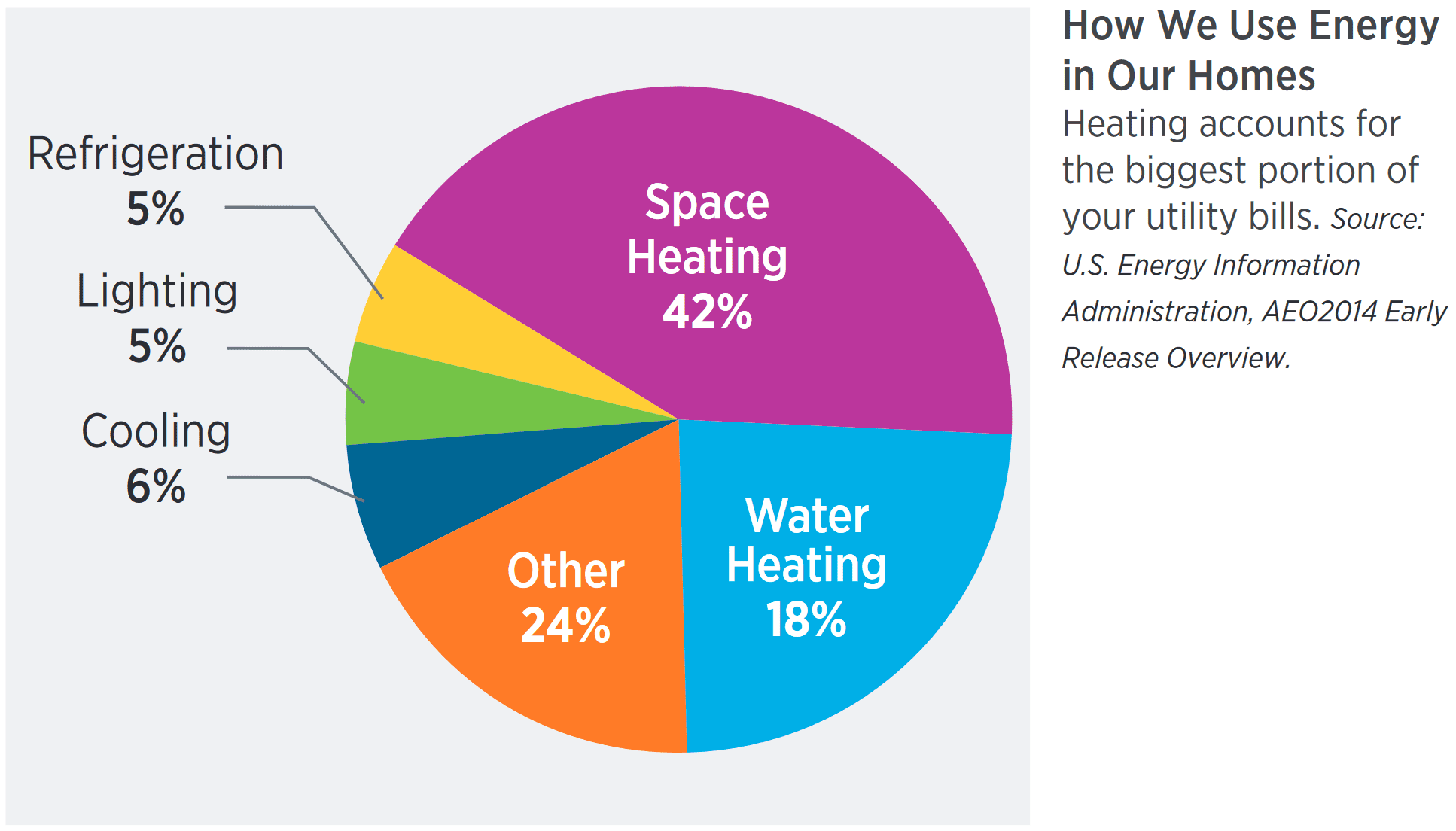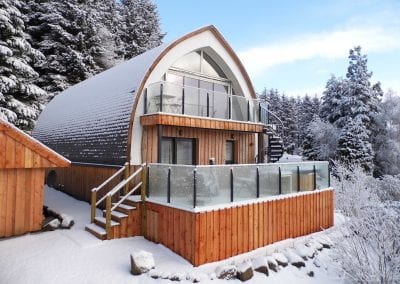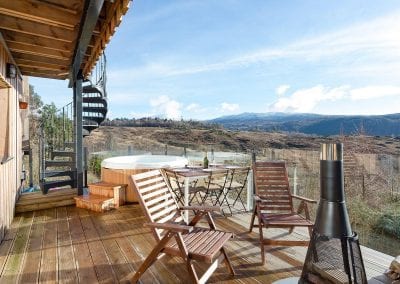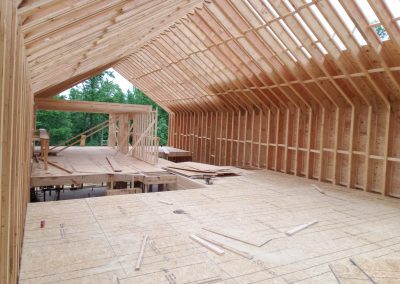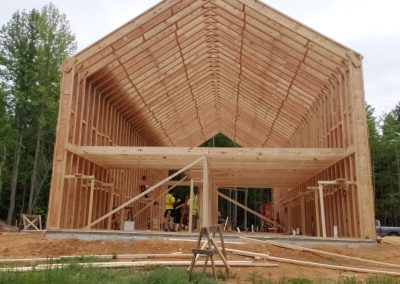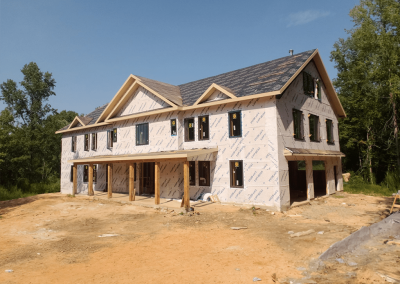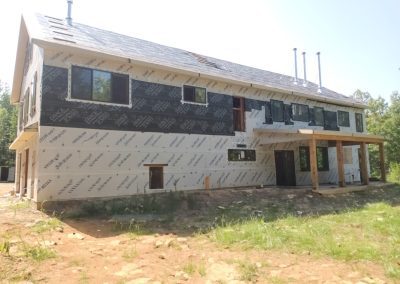
Going Beyond Net Zero: Redefining Sustainable Living.
At CruxHomes, we go beyond the ordinary. We don’t settle for simply offsetting energy waste with solar panels. Reduced energy consumption is at the heart of what we do. Through a superior building envelope (building exterior) built with industry-leading practices and innovative design, we minimize energy consumption. We can also support additional components like photovoltaics, solar hot water, wind turbines, micro hydroelectric, rainwater harvesting, and passive solar to transform your CruxHome into a net energy producer.
We can introduce you to energy solutions tailored to your needs and building location. You can choose a roof configuration that supports a solar array, offsetting your electrical consumption. Alternatively, embrace passive solar techniques, harnessing the sun’s warmth during winter. Our window layout is strategically designed to reduce summer heat gains and can employ natural ventilation for passive cooling. Enhance your CruxHome with green technologies for self-sustainability, whether off-grid or grid-neutral.
| Parameters | Value | Units | Reference |
| Total Energy Used by Residences (2009)* | 10.183 | Quadrillion BTUs per Year per Residence | 17 |
| Total Energy Used by Residences for Heating (2009)* | 4.226 | Quadrillion BTUs per Year per Residence | 17 |
| Total Energy Used by Residences for Cooling (2009)* | 0.635 | Quadrillion BTUs per Year per Residence | 17 |
| Total Energy Used by Residences for Heating and Cooling (2009)* | 4.861 | Quadrillion BTUs per Year per Residence | Calculated |
| Percent of Total BTUs Used for Heating and Cooling (2009)* | 47.7% | Percent | Calculated |
| Average CO2 Output of Residences (2016) | 9.26 | Metric Tons CO2 per Year per Residence | 18 |
| Average CO2 Output for Heating and Cooling of Residences (2016) Based on 47.7 Percent of BTUs Used for Heating and Cooling (2009) |
4.42 | Metric Tons CO2 per Year per Residence | Calculated |
| New Homes Built in the U.S. in 2016 | 782,000 | New Homes | 19 |
| Assuming 20% of 782,000 New Homes Were CruxHomes | 156,400 | New CruxHomes | Assumption |
| CO2 Emissions of 156,400 Typical New Homes Based on 4.42 Metric Tons CO2 per Year per Residence |
691,349 | Metric Tons CO2 per Year | Calculated |
| Estimate 80% Improved Efficiency of a CruxHome | 80 | Percent | Estimate |
| CO2 Emissions of 156,400 New CruxHomes | 138,270 | Metric Tons CO2 per Year | Calculated |
| CO2 Emissions Save by Building 156,400 New CruxHomes |
553,080 | Metric Tons CO2 per Year | Calculated |
| Estimated Equivalent Metric Tons of CO2 Per Passenger Vehicle Per Year | 4.67 | Metric Tons CO2 per Year per Vehicle | 18 |
| Equivalent Vehicles Removed by Eliminating 553,080 Metric Tons of CO2 with CruxHomes | 118,432 | Equivalent Vehicles Eliminated | Calculated |
*The U.S. EIA will release the 2015 energy numbers in the Spring of this year, 2018. Once they do, we will update these calculations with the new data.

